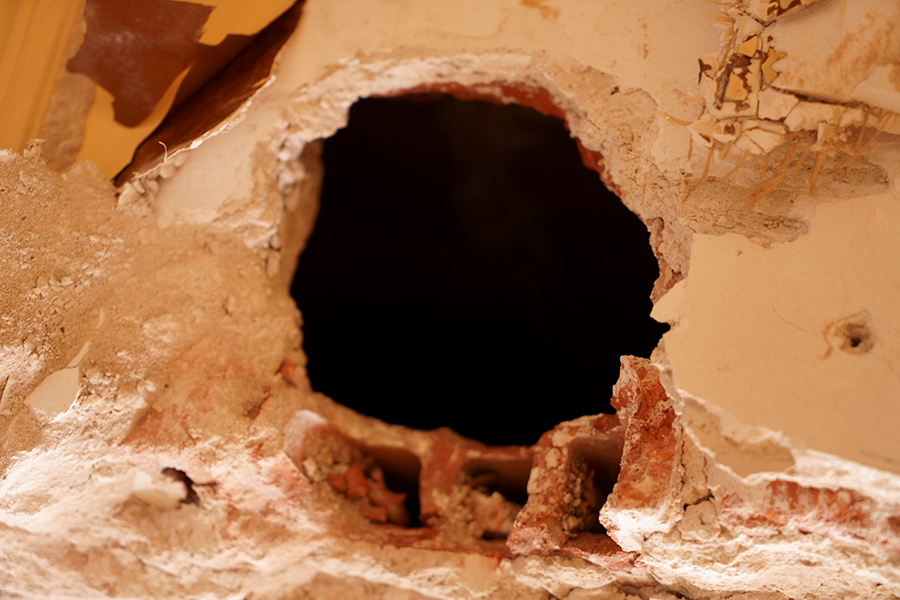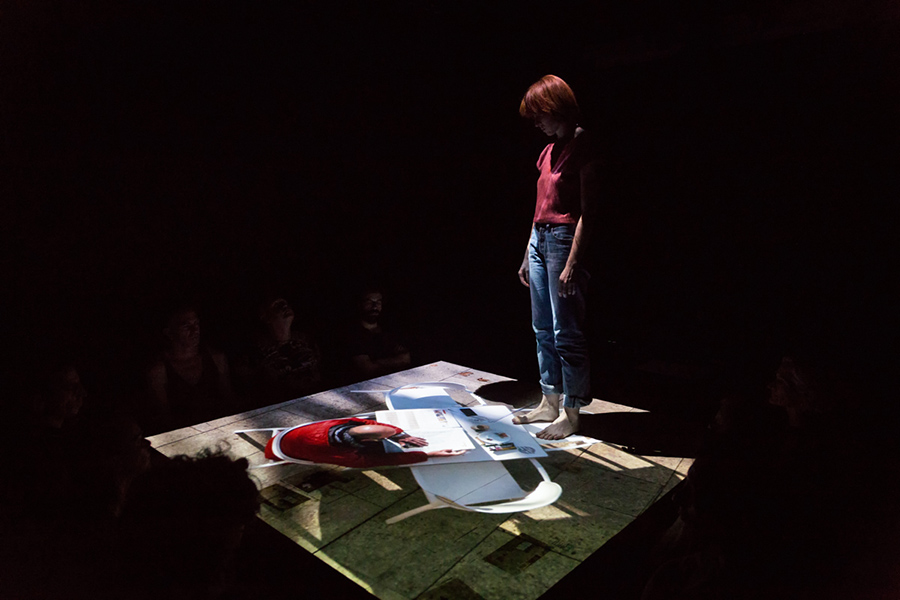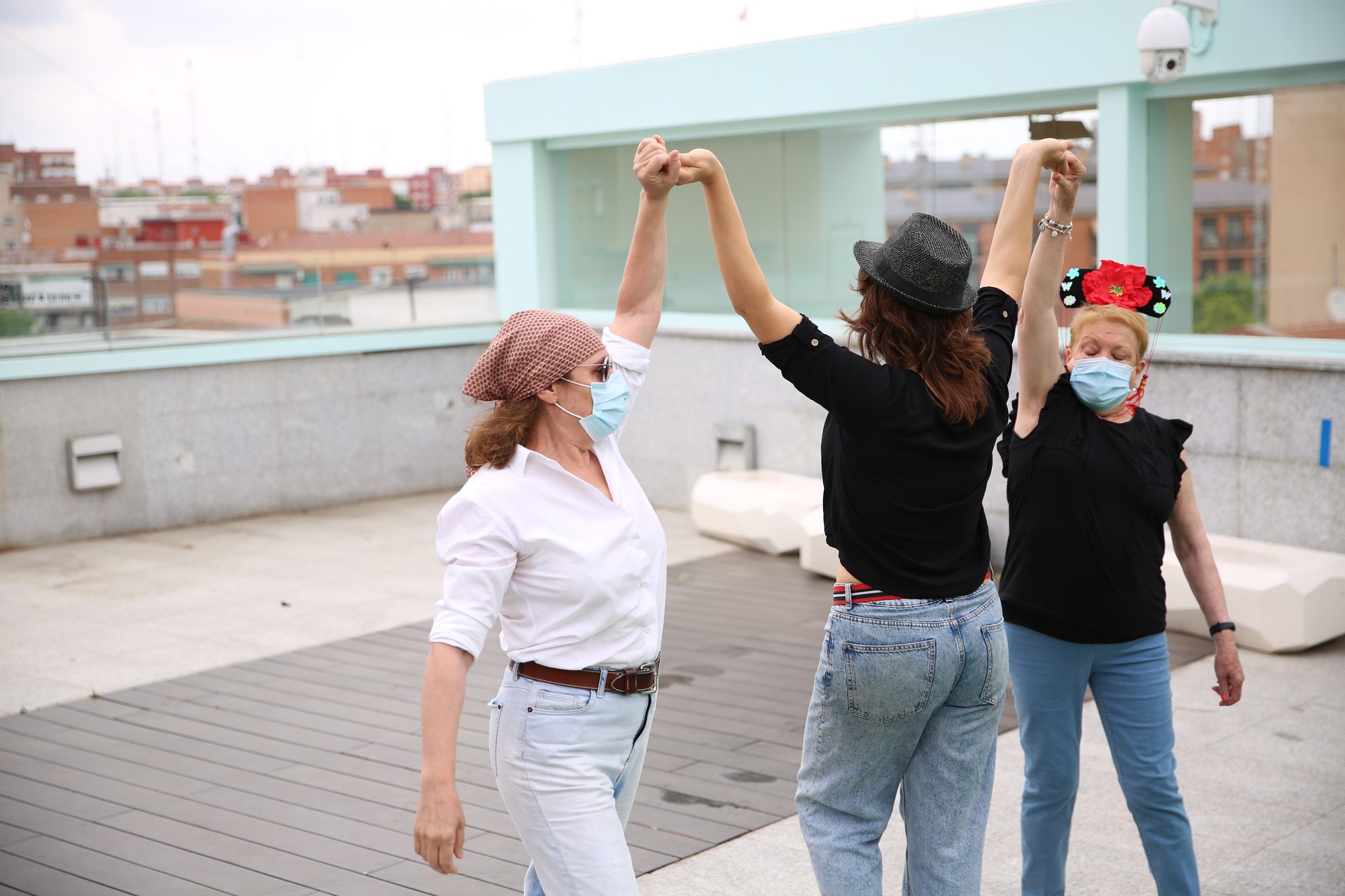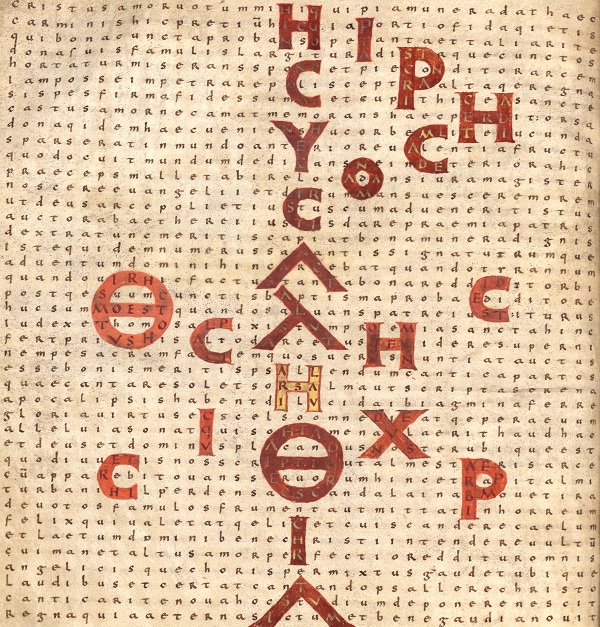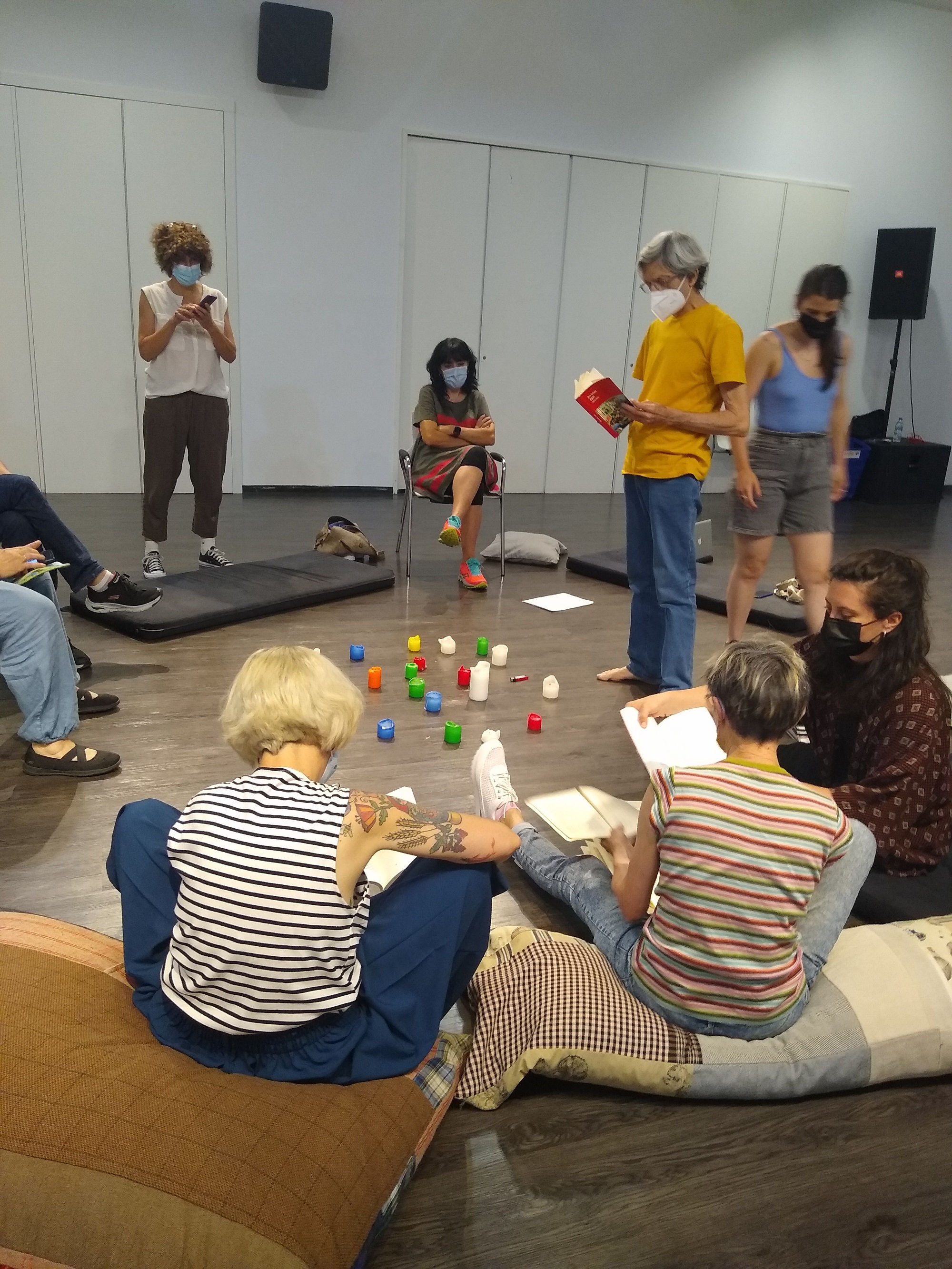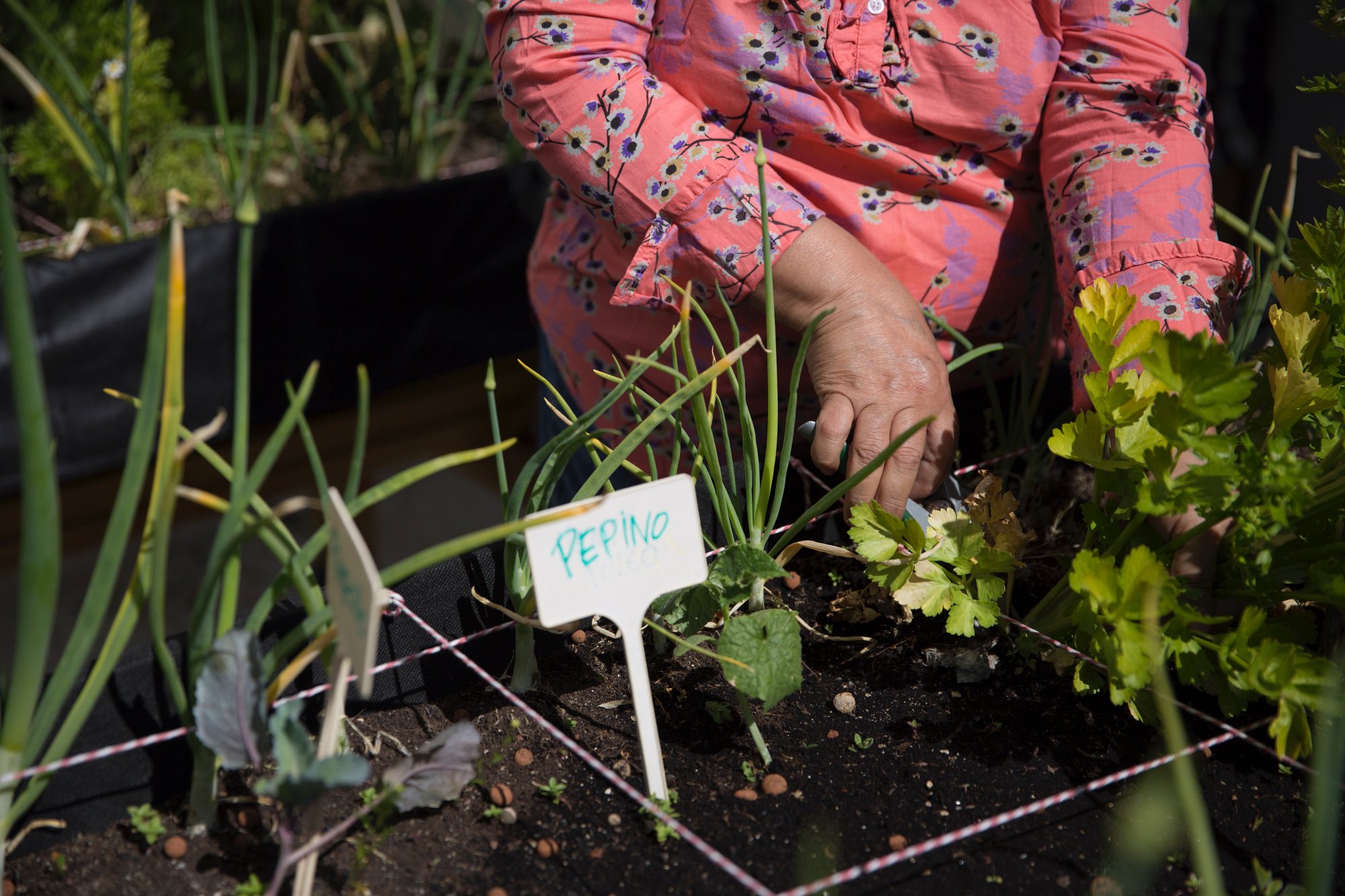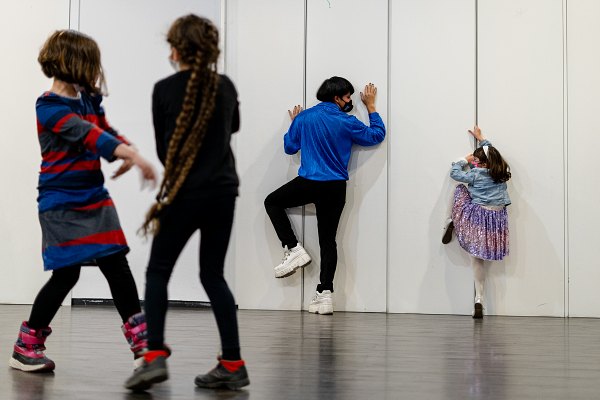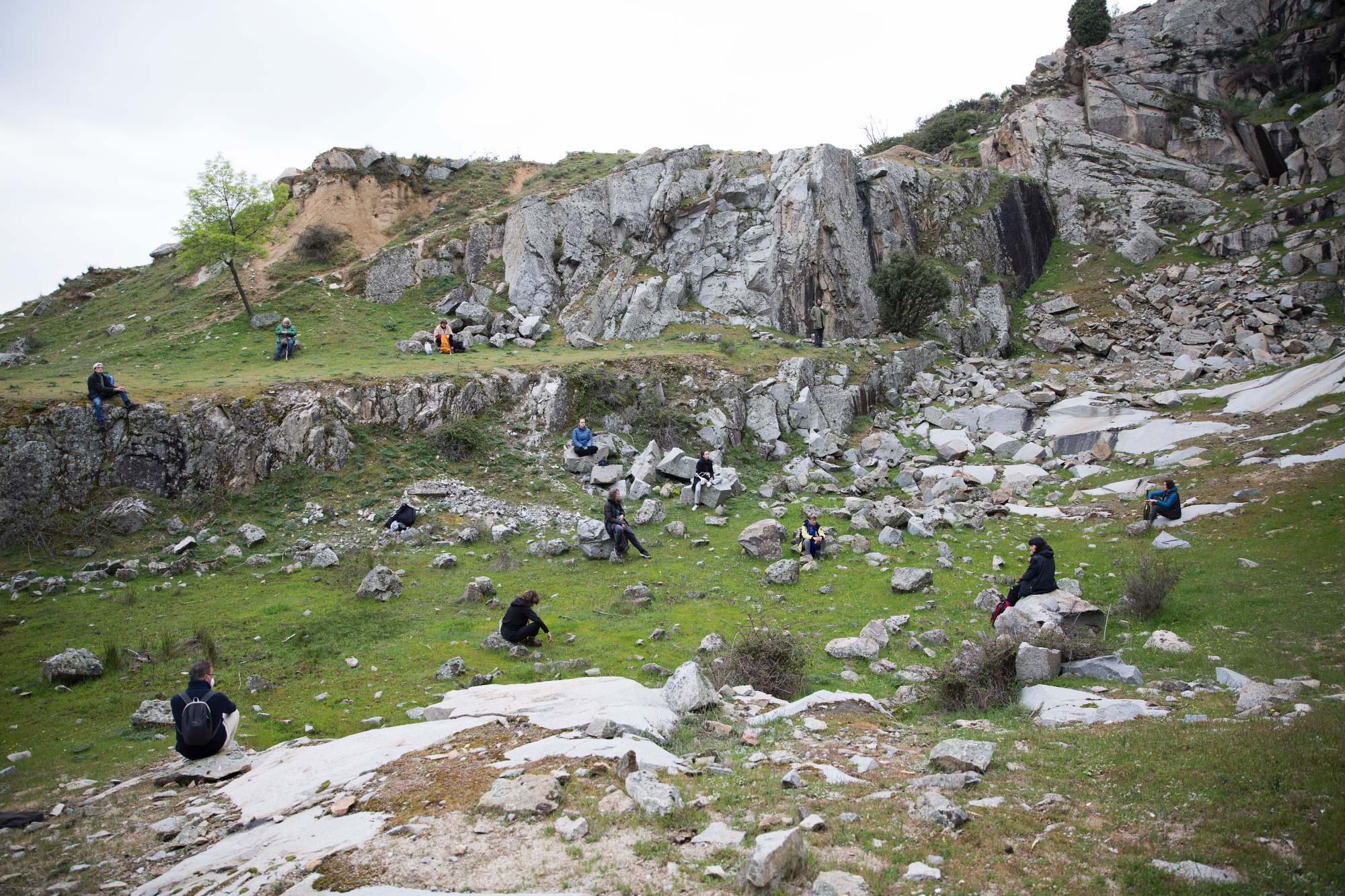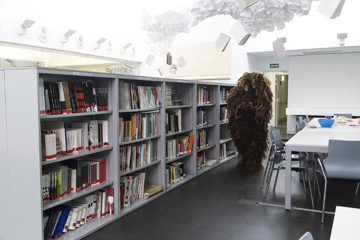Very few people know that underneath the museum, exactly three floors underground, there is a hatch that opens onto to a flight of steps which leads down to the depths of an underground river that crosses through the whole of Móstoles. The education department is very much aware of this idea of what is taking place beneath our feet, like an underground river. The most meaningful processes, those that transform us the most, are precisely the ones that take place without us realizing it.
Yet again, this year we invite you to join this course to share together and stir emotions, activating resources that ensure that this will be possible, focusing on processes, events and works that go unnoticed, that happen too slowly to be perceived or that take place within the confines of what we take to be normal.
We have invited artists and collectives whose practices are like tributaries of that underground river that runs through issues like anonymity, invisibility, misfits and the experience of a shared body from the self or from ourselves, but also from the power of the word. A river that does not follow the pre-established banks and returns us once again to the question contained in the name of this course.
CA2M organises educational activities on contemporary art and thinking that can be framed within the tradition of community colleges, aimed particularly at young and adult students.
The course addresses some of the key issues for a proper understanding and interpretation of art today. These activities can be divided into two parts: the first consists of the presentation of a theme by a guest speaker and the second part involves a debate open to the audience: viewing listening and dialogue as transformative actions; art as a shared meeting ground and the development of critical attitudes to imposed reality.
No prior knowledge is necessary.
CA2M organises educational activities on contemporary art and thinking that can be framed within the tradition of community colleges, aimed particularly at young and adult students.
